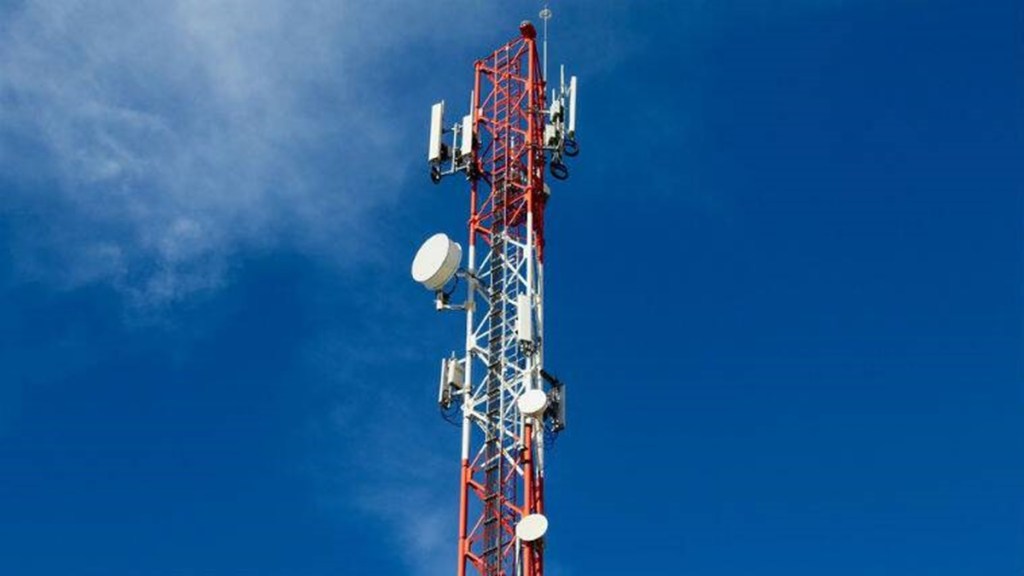Months after deliberating over modalities to allocate spectrum for satellite services, the Telecom Regulatory Authority of India (Trai) on Thursday set the ball rolling for allocation through an auction process.
However, it has noted that the auction of satellite spectrum will be very different from telecom services spectrum as in the former, airwaves are not exclusively held by a single entity. Further, globally auction of orbit slots have taken place, not spectrum, so an altogether new architecture will need to be designed.
Also read: Video: FY23 budget to bring cultural change in MSMEs’ payment issue, says expert
Through the consultation titled ‘Assignment of spectrum for Space-based Communication Services’, the telecom regulator has sought views on whether the spectrum should be allocated through auction or administratively, reserve price of satellite spectrum, feasibility with regard to sharing of spectrum if auctioned, leasing possibility for spectrum, use of spectrum in different bands other than 27.5-28.5 GHz and 28.5-29.5 GHz bands, eligibility criteria for assignment of spectrum, among other things.
While satellite companies have unanimously opposed allocation of spectrum to them through auction, telecom operators such as Jio have asked for spectrum through auction only, putting forth the argument of level-playing field. Globally, the satellite spectrum has not been auctioned till now, whereas DoT has been pushing towards auctioning the spectrum.
“Trai, through consultations, may assess the demand for space-based communication services and accordingly provide recommendations on the quantum of spectrum in each band required to be put to auction,” DoT said in its reference to Trai.
“It is envisaged to auction the space spectrum on exclusive basis. Trai may explore feasibility and procedure of sharing auctioned spectrum among multiple service licensees. Trai may provide recommendations on sharing of auctioned frequency bands between satellite networks and terrestrial networks also, the criteria for sharing and appropriate interference mitigation techniques for sharing and coexistence,” DoT said.
According to experts, satellite spectrum has no national territorial limits, and is coordinated and managed by the UN agency, International Telecommunications Union (ITU), and is subject to their Radio Regulations for satellite networks to operate without harmful interference. “Satellite spectrum is a shared commodity that is not given exclusively to any operator, and thus, does not meet the fundamental prerequisite for being auctionable,” said TV Ramachandran, president of Broadband India Forum.
Amongst the telecom operators, largely Jio has been batting for satellite spectrum auction. According to Jio, an auction will ensure same service same rules between terrestrial and satellite network operators and equitable policy in allocation of vital national resources are maintained.
In its consultation paper, Trai said the sharing of auctioned spectrum could be done either through an exclusive assignment followed by mandatory sharing of spectrum with other service providers, or by devising appropriate mechanism to ensure that all the successful bidders get spectrum on a shared basis. “In such a scenario, design of the spectrum auction process will need to suitably reflect the requirement of sharing of spectrum amongst successful bidders of spectrum,” Trai said.
Trai has sought views on five spectrum bands in the frequency range of 1 GHz (gigahertz) to 2 GHz (L-band), 2 GHz to 4 GHz (S band), 4 GHz to 8 GHz (C band), 10 GHz to 15 GHz (Ku Band) and 17 GHz to 31 GHz (Ka band). The bands are used for different applications related to telecom, broadcast, aviation, weather, etc.
Also read: Air India concludes first phase of transformation plan
Trai chairman PD Vaghela earlier indicated that the spectrum for satellite communication will be allocated through auctions and India would be the first country to resolve the issues around it.
Satellite spectrum is critical for companies like OneWeb, Starlink and others to provide satellite internet connectivity, especially in low-lying areas whereas connectivity through fiber or mobile network is not possible.


